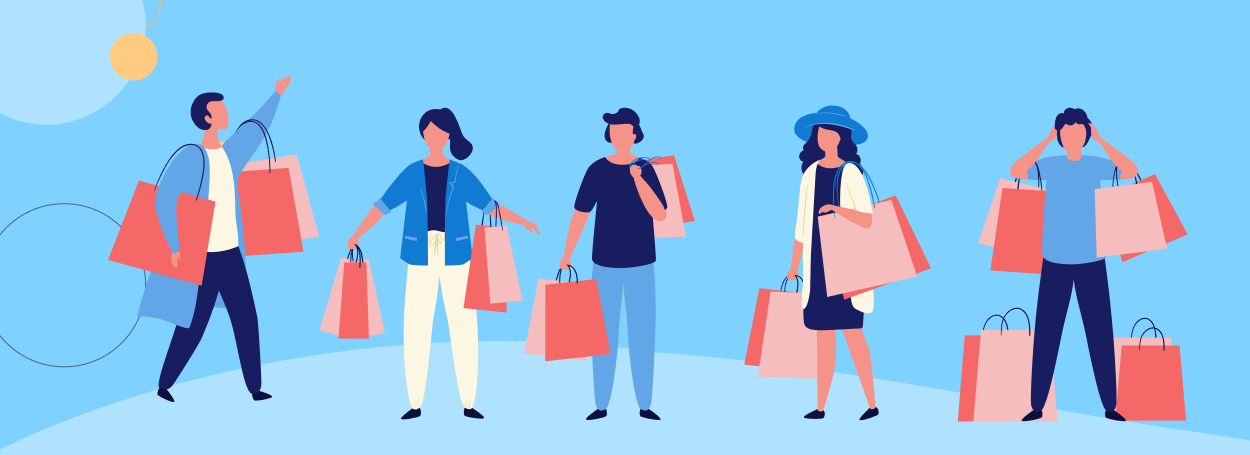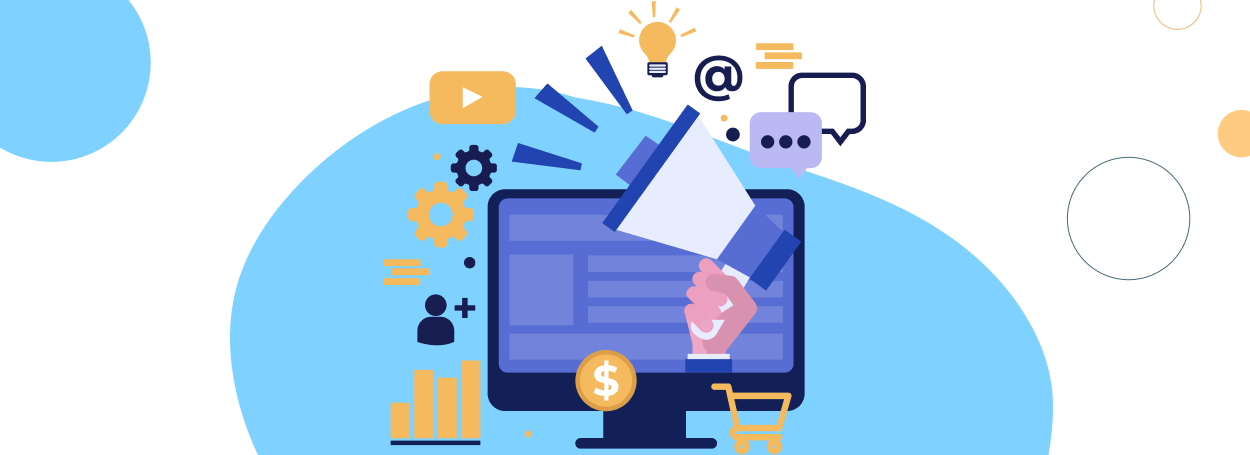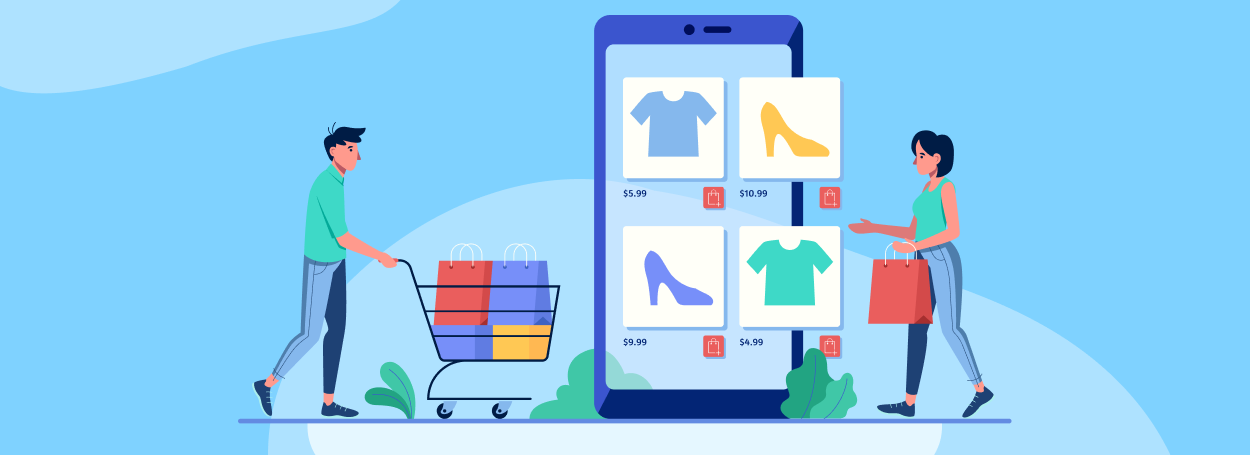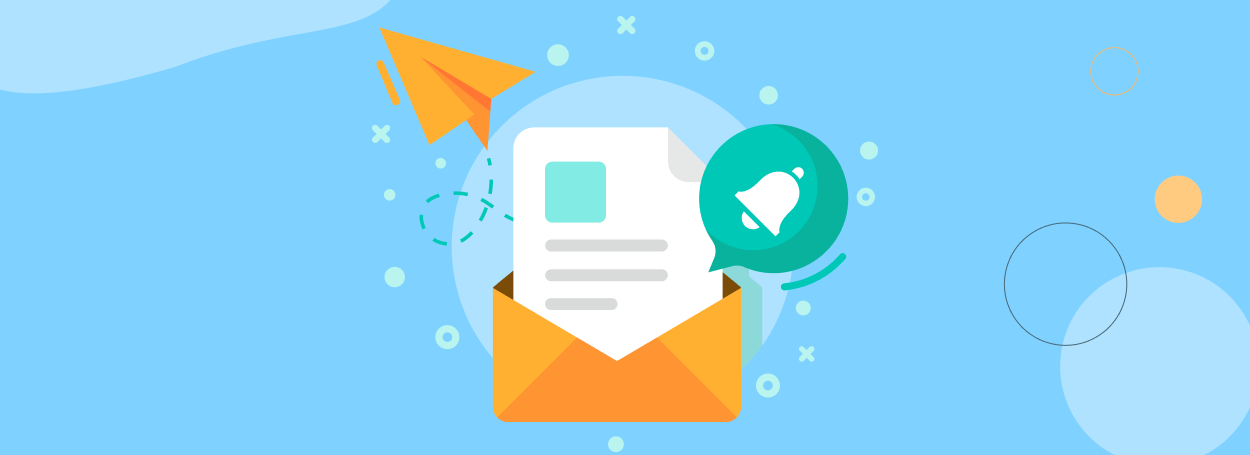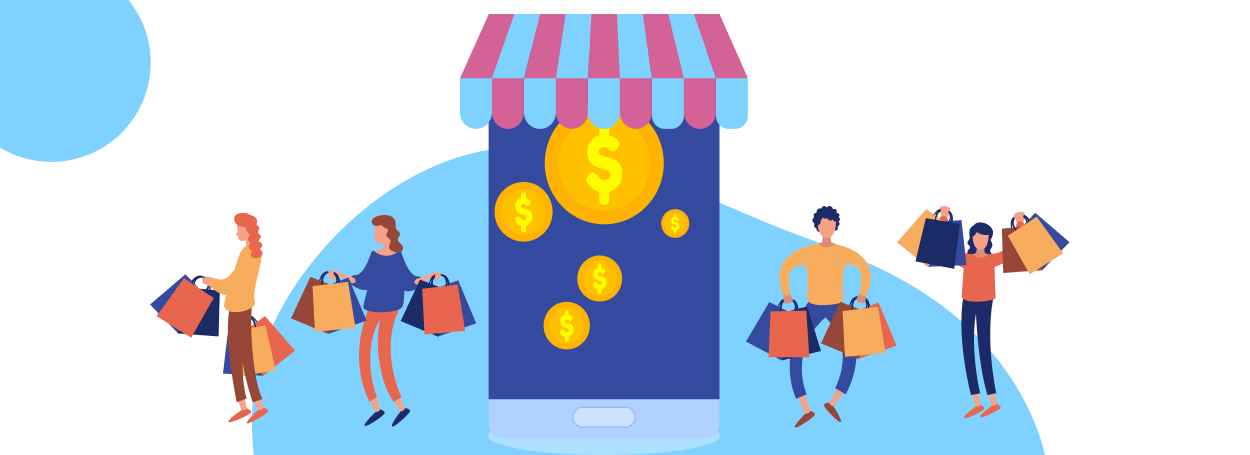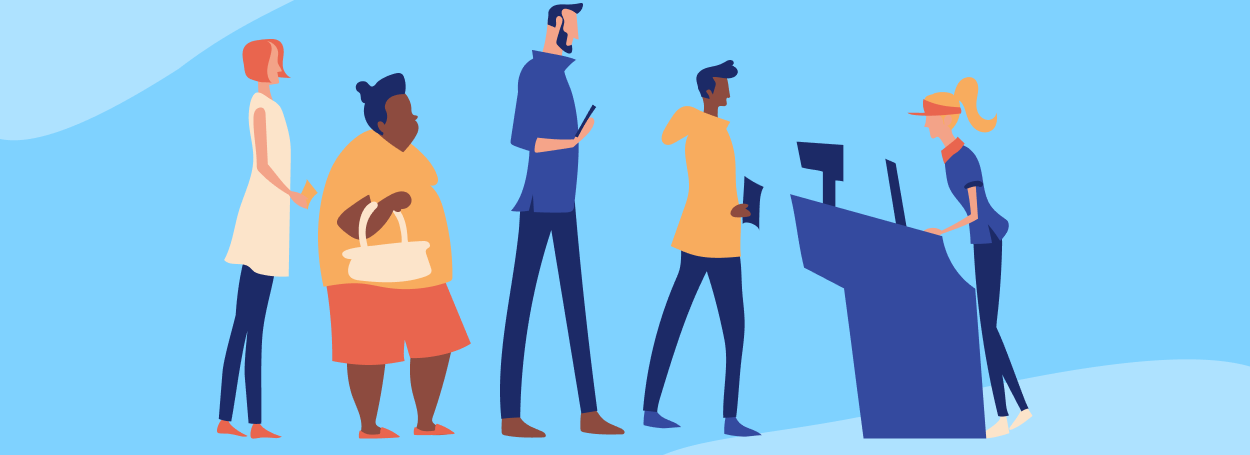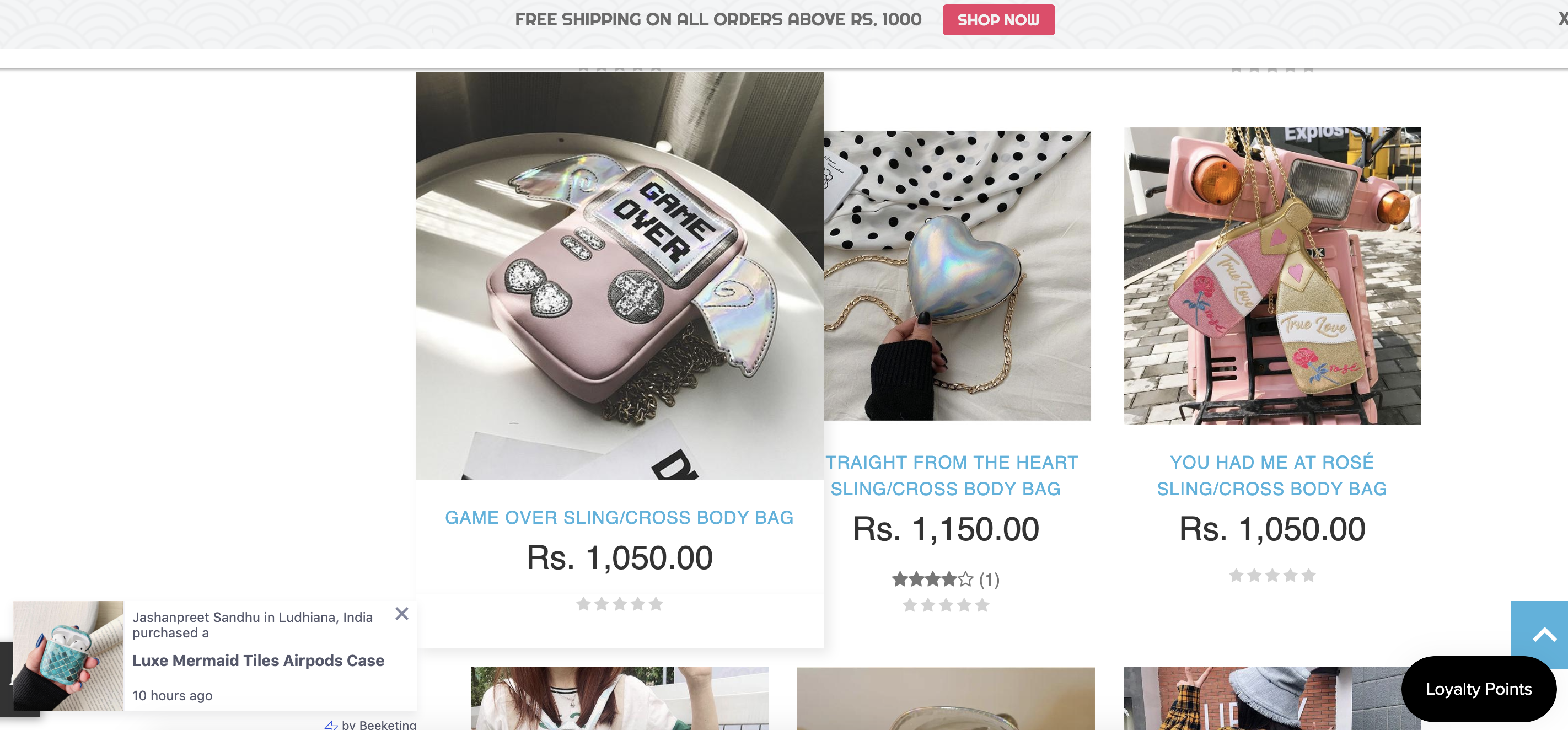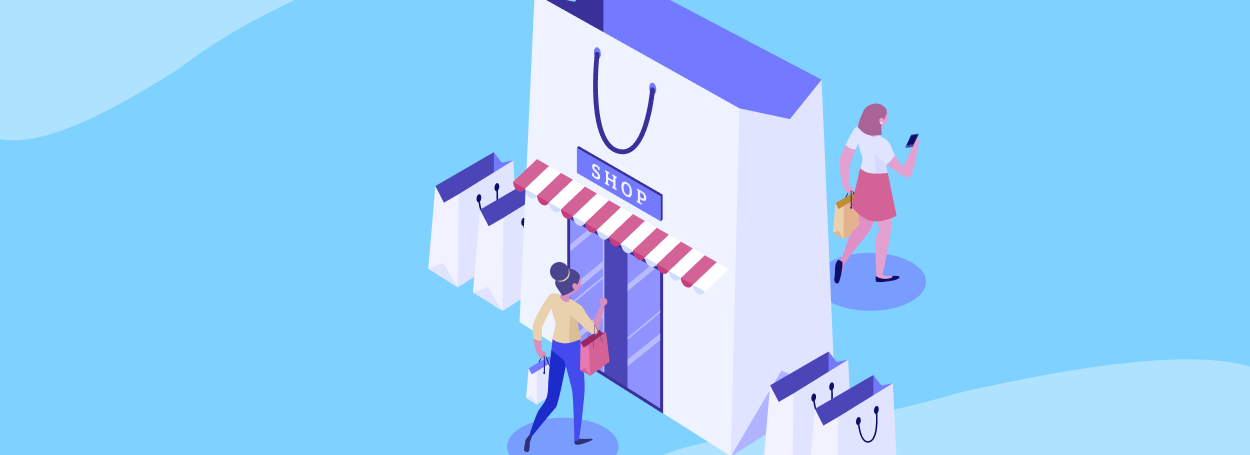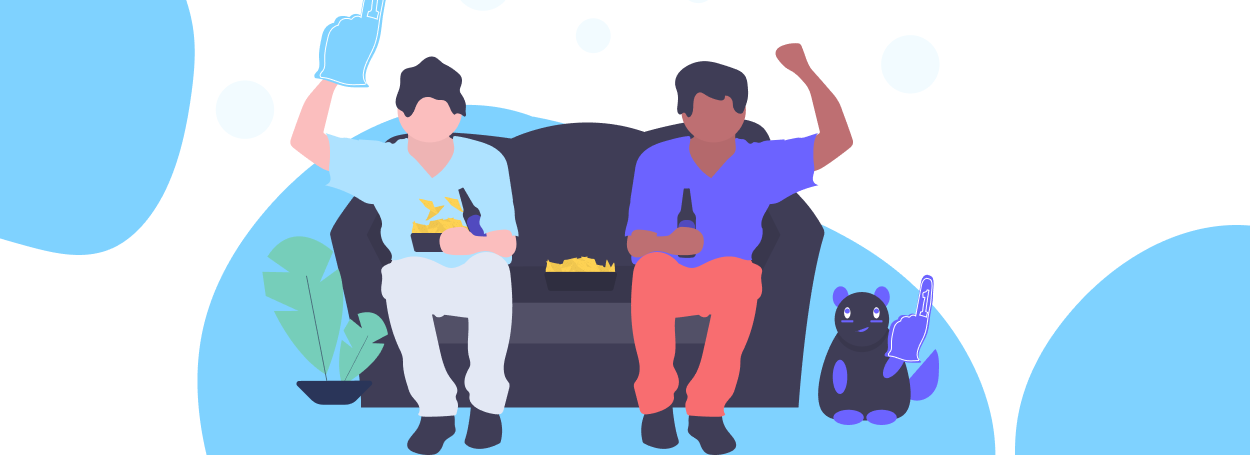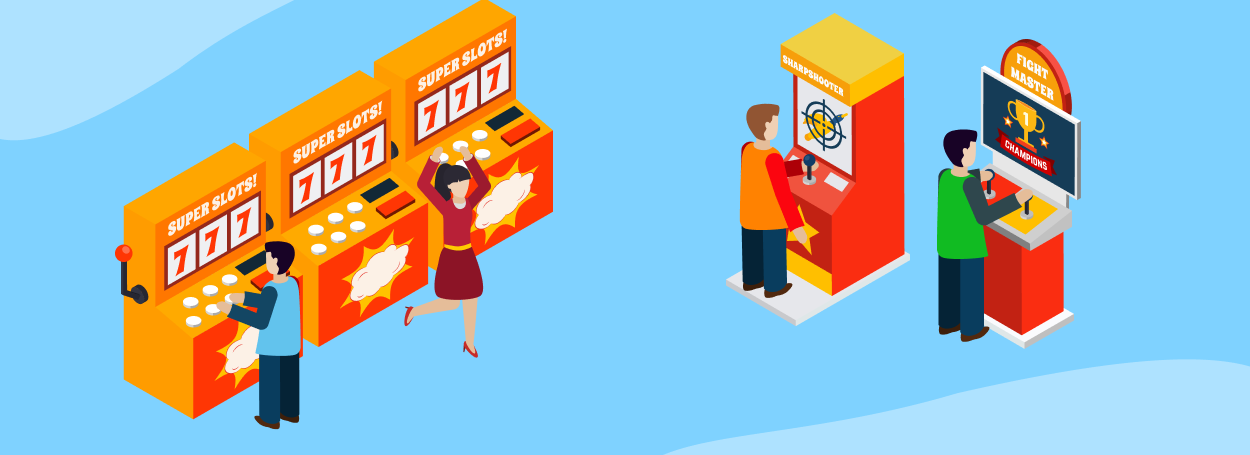Social media.
It’s a marketers praise, right?
I mean, there are billions of users, most of whom log in multiple times per day.

Social media has changed the marketing game much like TV did back in the day.
It’s given advertisers a direct line to billions of potential customers. And with social media’s sophisticated ad targeting, you can slice up that audience to very specific segments.
The reach and specific targeting make social media one of the most appealing, potentially profitable mediums.
However, it’s not without its shortfalls.
Shortfalls which, if overlooked, could cause you to waste your ad spend completely.
The Major Problem With Social Media Marketing
Whenever you use someone else’s platform or network you are submitting to their rules.
It’s a natural risk for the digital marketer. Even your own website’s visibility is at the whim of Google.
A simple algorithm change could see your traffic and sales plummet.
Social media is no different. Your ad campaign’s effectiveness is ultimately controlled by the big wigs at Facebook, Instagram, Pinterest or wherever you choose to advertise.
And recently, advertisers have been getting a rough deal from social media platforms.
You see, social media platforms main focus isn’t on the advertisers.
Sure, it’s you and I who pay their bills through our ad spend. But their primary focus has to be on the end-user.
If they lose the audience, they’ve nothing of value for marketers. If they keep that audience, we’ll jump through as many hoops a possible to get access to them.
A short while back Mark Zuckerberg made the announcement that Facebook was reducing reach for brands. The goal was to create more meaningful social interactions by placing an emphasis on updates from friends and family.

Since this wonderful announcement marketers have been experiencing a few changes on social.
In short, we’ve seen:


Which basically means it’s harder and more expensive for brands to make a positive return through any social media marketing campaign.
Don’t worry though. It’s not all doom and gloom.
There are a bunch of really smart marketers out there who quickly figured out the best way to keep your posts and ads at the top of your audience’s feed.
In short, it was to create content that started a conversation. Ads and posts that persuaded people to comment, like, and share increased visibility, reach, and engagement.
Not those awful clickbait “Like if X, comment if Y” posts. But genuinely interesting promotions that kept people engaged.
The reasoning is simple. Each time someone engages with your ad it resets it in the feed of that person’s connections. The more engagements your post receives, the greater its reach.
Now, that’s all well and good for getting more eyes on your content.
However, it doesn’t solve the problem of making sales. After all, you didn’t start your Shopify store to create great content, right?
It was to get your product into the hands of those who could benefit from it.
Engagement alone is useless unless it converts into an actual sale.
Fortunately, there’s a way to create posts that get loads of engagement (and thus increase reach) whilst also ensuring they lead to a sale.
The Future of Social Media Marketing is…
Removing as much friction as possible from the purchase journey.
People aren’t on social to shop. They’re there to connect with friends and procrastinate. Asking them to change their behavior to fit your purchase funnel is too big of an ask.
Modern consumers want to dictate
You’ll already have seen a shift in expectation if you take a look at more modern features available on Amazon and through Echo.
Amazon now offers automated repeat purchases for products you order periodically. For example, I have my bin bags and dog food on automatic order and delivery.
I buy once, and then Amazon handles the rest. It’s completely frictionless.
But let’s say I’m taking out the trash and realize I’m out of bags. I can quickly shout “Alexa, buy bin bags” and the following day they’ll be delivered.
It’s the perfect example of how, as a people, we’re gravitating towards more streamlined, simple, and easy purchase journeys.
The problem is, this sort of automatic re-ordering or voice ordering is only good if:
- The product is something that needs to be frequently replenished
- It never fluctuates in price
- You never want any variety
Unfortunately, that limits the viable products for Amazon’s auto-order and voice orders to a very small pool.
But the point stands. Customers want simple, frictionless journeys that take mere seconds to complete.
The same is true for social media users.
If you can streamline the purchase that leads from your ads, you’re going to see massively increase engagement and sales.
How do I know?
Because I’ve seen int in action when helping set-up social commerce and conversational commerce purchase journeys.
If you’re not aware, social commerce is a sub-set of conversational commerce. It leverages automated chatbot checkouts to engage users and allow them to purchase directly within social media.
That means:
- No complex purchase journeys
- No forced shift from social fun to serious buying behavior
- Conversational connections which lead to better engagement
In short, social commerce engages the user with the normal kind of ad you run for any promotion.
However, once the user has engaged, the conversational solution kicks in and sends the user a message. It asks them, as if it were a person, for their product preferences, delivery address, and payment details (unless they’ve done it all before when it’s then saved).
But the best thing is it does all of this within the social platform they’re already engaged with.
That means fewer bounces, reduced leaks, and more sales.
At Jumper.ai we see an average social media conversion rate of between 20-30% through this solution and have even seen conversions as high as 80%.
Here’s an example of a real-life campaign that we ran in conjunction with Marvel.
Marvel is, understandably, on top of their social game and often share posts like the below.
EMBED
However, the normal CTA is one seen int he above. It says “Link in bio”. Which means the user has to see the post, click on the Marvel link to the main page, then find the link to the latest movie in the bio.
After that, there’s a 6-7 step-purchase journey across 2+ sites. All to buy a $15 ticket.
However, social commerce massively reduced that purchase journey to 2 steps. You’ll see in the real-life video below that the CTA was changed to “comment with #AvengersSG” .
So at this stage, the user has seen a promo and if they want to see the movie, comment with #AntManandtheWasp. That comment then kicks off a private, direct message which asks questions to figure out:
- The cinema they want to view the movie at
- The show time they can make
- Their preferred seats
After a handful of messages getting the details out the way, it asks for payment information.
Here’s how it looks to customers going through the chat sequence.

The whole checkout process is contained within the platform they’re engaged with. It maintains the illusion of social interaction over a purchase journey.
Both of which help Marvel achieve a massive conversion rate. With this campaign, they achieved a 68% conversion rate.
It’s not hard to figure out what it did so well. The normal 5+ step purchase journey was reduced to 2 major actions.
- Engage with the promo post
- Chat to complete the purchase journey
It’s a far more simple and much more effective method which, of course, makes it more profitable.
Every business will be able to streamline their purchase process to take advantage of the user’s intent and expectations through social, conversational commerce.
It’s never been easier to build a 1:1 connection with customers. And you can set-up a similar solution today.
How to set-up your own Social, Conversational Commerce Journey
I’m going to run you through the exact steps to set up an automated conversational checkout that can be leveraged across multiple social sites or even on specific landing pages.
The only thing you’ll need to get this working is:
- A product to sell
- A social media business profile on one of the major platforms
- Free Jumper.ai account (you can grab one here)
Step 1 is to sign up for Jumper. You can grab a free account through the link just above.
Once you’ve got an account you’ll see the main dashboard. Follow the simple on-screen steps to set up your account.

Once you’ve followed the instructions just make sure your platform of choice (in this example case – Facebook) is synced. Also, make sure Messenger is synced.
Finally, make sure you’ve linked at least one payment solution.
There’s a number of in-app prompts that will help you navigate the various steps so don’t worry too much.
After you’ve set everything up, it’s time to add your product, just head to Products > Add new.
Below you’ll see an example of one of my own products. This one is a simple import from Printful (there’s a Shopify sync option as well).
It shows all the relevant information, but I’d recommend you properly customize things like the description.

Also scroll down to fill out things like sizes, colors, etc.

Once your product is added, head back to the left side navbar. Now head to Sales Channel > Facebook (or whichever channel you’re promoting through).

Double-check the information is correct. If it is, then all you have to do is click share.
And boom, you’ve now got a post on social that has an automated chatbot checkout attached!
It should take maybe 10 minutes to do all of this. Follow up products will be much faster as you’ve already set up the business.
You canteen start repeating the process for more products or if you’re very specific about messaging and tone like me, head into the messaging options to customize the messages your bot will send.
If you’d prefer to add these chatbot checkouts to an ad, all you’ve got to do is copy over the JSON code (here’s a guide on doing that).
Just like that you’ve added another sales channel to your strategy that has an average 20-30% conversation rate.
This is the Perfect Addition to Shopify Store’s Social Sales Campaign
Social media has most of the world enthralled. Huge segments of your customer base spend hours of every single day looking through their feeds and friend’s updates.
It’s become one of the go-to places to connect with potential customers.
But it’s not great for selling and has a terribly low conversion rate.
Until now.
The great thing about social commerce is it doesn’t require a new strategy. It’s an addition to your current social strategy. It cuts out the middle man of sending people to your Shopify store.
You’re able to keep sharing what you are, but sell to users where they’re most engaged. And to get it started, there’s literally zero risks as there’s a free-forever plan with Jumper.
If you want to increase your Shopify store’s social sales, social commerce, and conversational chatbot checkouts could be the easiest way to grow social’s revenue.
About the author
Pete Boyle is the founder of Have-a-Word and Head fo Content at Jumper.ai. If you want to streamline the social media purchase journey and achieve conversion rates of 20-30%, you need to check out Jumper.





